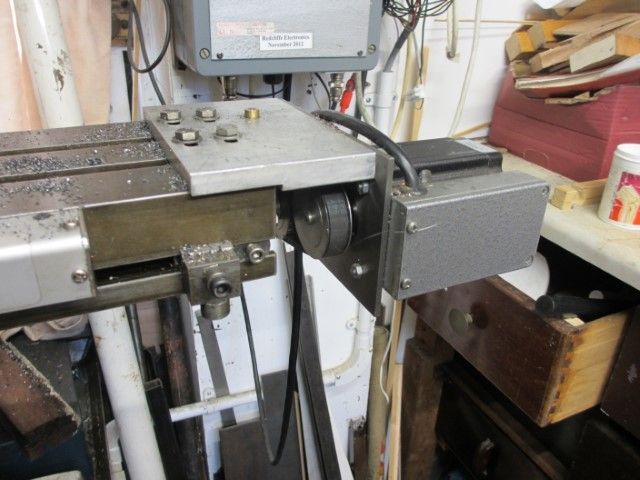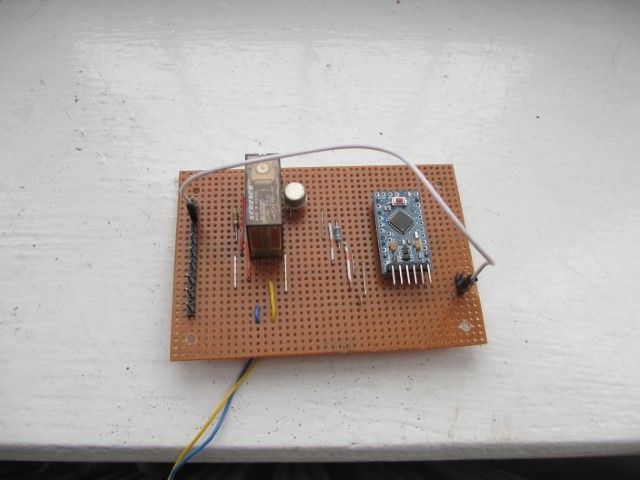Posted by Speedy Builder5 on 19/06/2019 17:50:36:
… if the stepper motor had a 2:1 reduction toothed belt drive, I assume that 2x and a bit times the torque required to move the slide when not under load would be Ok. I would build into the system safety stop microswitches at the limits of slide movement.
…
BobH
That's a reasonable assumption I think. Measuring it may show not much torque is needed to move your milling table, even under load, because it's already geared down by the lead-screw. Gut feel suggests a 2Nm stepper would move my mill's table without extra gearing. I can't find my notes, but I experimented with torque on my mill and found that normal feed-rates didn't require lots of extra effort to cut satisfactorily. Obviously this would depend on the job; how hard you normally push the handles round manually should be a clue.
Most electric motors whizz at high speed and have to be geared down to do useful work. Steppers aren't like that; instead satisfactory torque is delivered step-by-step and can even be maintained when the motor is stopped. However, a belt would improve position accuracy as well as provide more push to the lead-screw, so certainly not a waste of time.
Not thought it through, but I suspect microswitches may be unnecessary. Don't trust this – the proposition needs testing – but here's why:
- Provided the table can't physically be wound off the mill by spinning the lead-screw, the stepper will probably just stall at the ends. As long as the stepper isn't powerful enough to break the mill by moving the table at speed, it should only push the table against an end-stop and buzz at you. Are you strong enough to damage the mill by hand winding? If not, a small stepper motor should be comparatively harmless.
- Easy to program the Arduino to stop sending pulses when the step count exceeds the number needed to traverse the table fully. This would avoid most collisions and power off the motor fairly quickly if the worst happened.
Quite an interesting project. It sits somewhere between a basic power assisted traverse and a CNC solution. I like the idea of a system where pressing a few buttons could rewind quickly, set virtual stops and feed-rates, and indicate position as well. The main limitation will probably be position errors – counting motor step commands isn't as reliable as reading a DRO. Might be possible to minimise errors by putting an optical sensor on the lead-screw that triggers once per revolution – keeping count of those as well as tracking motor steps might allow the Arduino to keep it sufficiently real.
Dave
Edited By SillyOldDuffer on 19/06/2019 19:02:37
I.M. OUTAHERE.







